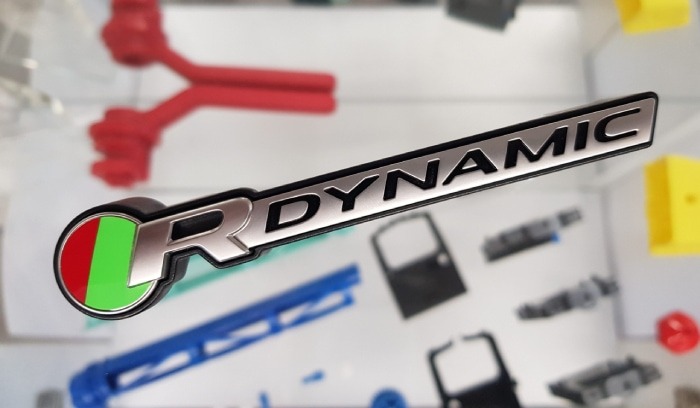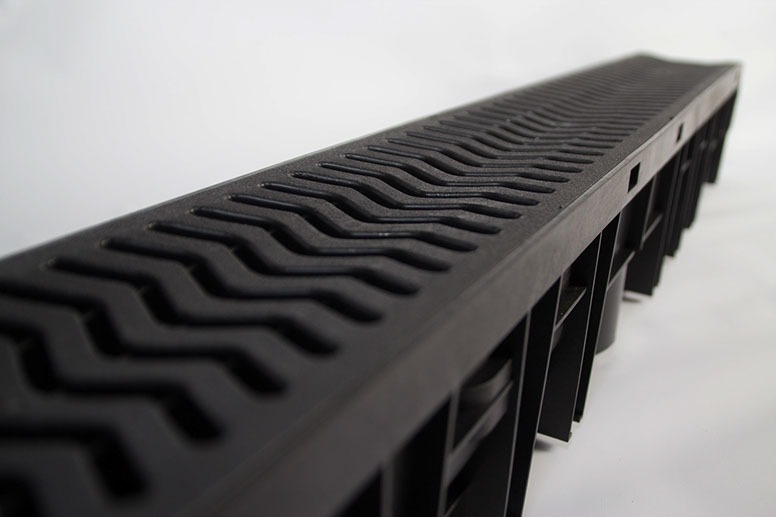Polypropylene Injection Moulding
Polypropylene (or PP) is a thermoplastic polymer used in a wide array of applications from consumer products to the automotive industry. Produced in a process called chain-growth polymerization, and it is formed from propylene which is its monomer.
Advantages of Polypropylene
- Low friction qualities make it ideal for products like gears
- Low density makes it lightweight compared to other plastics
- It can repeatedly bend without breaking, acting as a living hinge and ideal for plastics lids
- It can be combined with other plastics such as Polyethlene to change its properties to become more robust
Disadvantages of Polypropylene
- It can be difficult to bond to surfaces
- It is not particularly useful for structural use for example holding up heavy objects.


Characteristics of Polypropylene
- Chemical Resistance: Diluted bases and acids don’t react readily with polypropylene, which makes it a good choice for containers of such liquids, such as cleaning agents, first-aid products, and more.
- Elasticity: Polypropylene will act with elasticity over a certain range of deflection (like all materials), but it will also experience plastic deformation early on in the deformation process, so it is generally considered a “tough” material. Toughness is an engineering term which is defined as a material’s ability to deform (plastically, not elastically) without breaking.
- Fatigue resistance: Polypropylene retains its shape after a lot of torsion, bending, and/or flexing. This property is especially valuable for making living hinges.
- Insulation: Polypropylene has a very high resistance to electricity and is very useful for electronic components.
- Transmissivity: Although Polypropylene can be made transparent, it is normally produced to be naturally opaque in colour. Polypropylene can be used for applications where some transfer of light is important or where it is of aesthetic value. If high transmissivity is desired then plastics like Acrylic or Polycarbonate are better choices.
Adding a colour
In their natural condition Polypropylenes are translucent white and as a result it is easier to add colour from a wide spectrum of options. If Polypropylene is being used outdoors then UV stabilisers need to be added as colours will fade and the material will become brittle over time. Generally it is not possible to achieve transparent mouldings with polypropylene.
A good material for recycling
Polypropylene is classified as thermoplastic material. What this means is that Polypropylene materials can be heated to their melting point, cooled, and reheated again without significant degradation. This means that they can be melted, re-moulded and used again.

